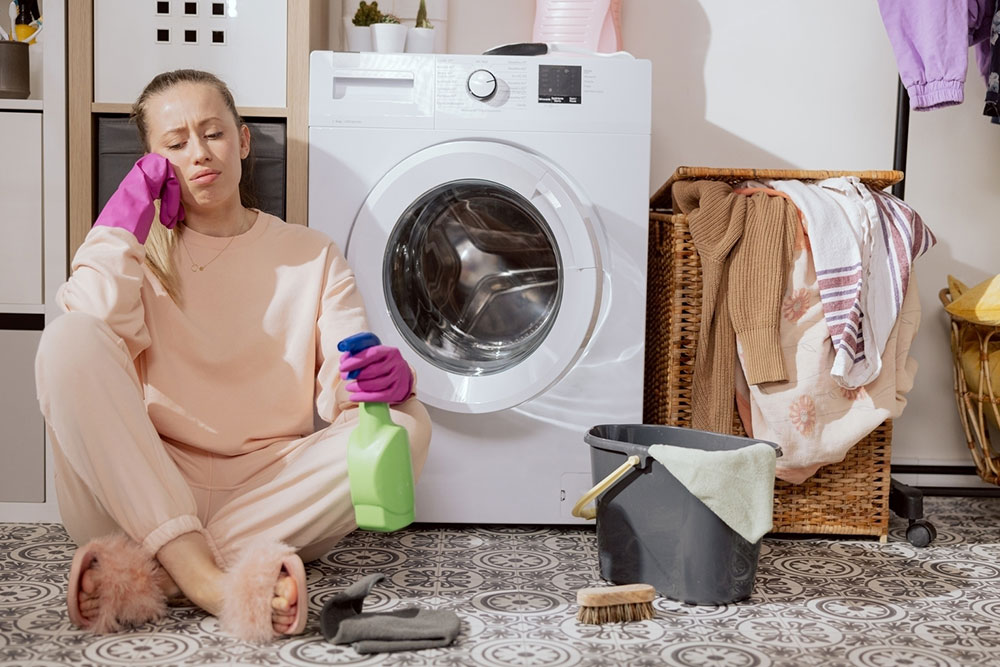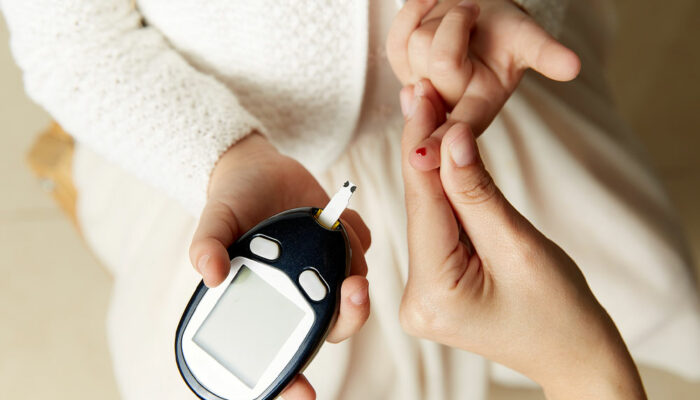14 laundry mistakes to avoid for pristine clothes

Laundry day is a task that many approach with a mix of diligence and haste. It takes up a huge chunk of time and there are numerous things that can make it harder than necessary. However, in the rush to get the chore done, common mistakes often occur, leading to less-than-ideal results. By avoiding these pitfalls, one can transform laundry day from a mundane chore into a satisfying endeavor resulting in fresh-smelling clothes.
Neglecting the sorting process
The sorting step, though seemingly routine, lays the foundation for an effective laundry cycle. Neglecting it can lead several problems, from color bleeding to fabric damage. Mixing colors, especially with new or vibrant garments, is a common error. To combat this, separate lights from darks, and consider using color-catching sheets. Additionally, be mindful of fabrics, as delicate materials require special care. By giving attention to sorting, one sets the stage for a successful laundry cycle.
Overloading the washing machine
In the quest for efficiency, overloading the washing machine is a prevalent mistake. While it may seem like a time-saver, it hinders the machine’s ability to clean effectively. Clothes need space to agitate properly, allowing the detergent to reach all surfaces. Overcrowding also leads to increased wrinkles and prevents clothes from being rinsed thoroughly. To address this, follow load capacity guidelines and resist the urge to stuff the machine to its limit.
Ignoring fabric care labels
Fabric care labels have all the vital information, often disregarded. Ignoring them can result in unintended damage, as different fabrics require specific care. For instance, delicate fabrics may call for gentle cycles, while sturdier materials can handle more robust wash settings. It’s crucial to acquaint oneself with these labels, ensuring that each garment receives the care it deserves.
Misusing detergent
Achieving the right balance of detergent is pivotal for clean clothes. Using too much can lead to soap buildup, causing garments to feel stiff or look faded. On the other hand, insufficient detergent leaves clothes less clean. Measuring the detergent correctly according to load size is essential. Front-loading machines, for example, require less detergent compared to top-loading counterparts. By finding the right balance, one ensures that each wash cycle delivers impeccable results.
Neglecting stain pre-treatment
Dealing with stains requires a proactive approach before the wash cycle commences. Neglecting pre-treatment can lead to the setting of stains, making them more challenging to remove. Different stains require different treatments, and understanding this can be a game-changer. From blotting to using specialized stain removers, taking the time to address stains individually can greatly enhance the cleanliness of clothes.
Using the incorrect water temperature
Water temperature plays a crucial role in effective laundering. Using the wrong temperature for different fabrics can lead to less-than-ideal results. Hot water can result in some fabrics shrinking, while cold water might not be effective against grease or tough stains. Check fabric care labels and adjust the water temperature accordingly. By paying attention to this detail, one ensures that each garment receives the optimal treatment.
Using improper drying techniques
Drying clothes properly is as important as the washing process. Improper techniques can negate the efforts put into cleaning. Over-drying can lead to shrinkage, while insufficient drying may leave clothes damp and prone to mustiness. Follow garment care labels for specific drying instructions. Additionally, consider air-drying for delicate items to preserve their integrity. By mastering proper drying techniques, one can complete the laundry process without any issues.
Neglecting to clean the washing machine
It’s easy to forget that the washing machine needs cleaning too. Over time, detergent residue, lint, and hard water deposits can accumulate, affecting the machine’s performance. Regular maintenance, including running an empty cycle with vinegar or a specialized cleaner, can help keep the machine in top condition. A clean washing machine ensures that clothes are thoroughly cleaned, free from any lingering residue.
Leaving zippers unchecked
Zippers can be notorious culprits for snags and tears. Leaving them unzipped during the wash can lead to damage not only to the garment with the zipper but also to other clothes in the load. Before tossing items in the machine, take a moment to zip up zippers, ensuring that they are secure. This simple step can save garments from unnecessary wear and tear.
Disregarding lint traps
Lint traps play a vital role in keeping clothes free from lint and debris. Neglecting to clean them out after each wash can lead to reduced air circulation, longer drying times, and even potential fire hazards. Regularly remove lint from the trap, and occasionally wash it with warm, soapy water to remove residue buildup. This small effort contributes to the overall efficiency and safety of the laundry process.
Ignoring garment specifics
Each garment has its unique characteristics and requirements. Ignoring these specifics can lead to unintended consequences. Delicate fabrics, for example, require gentle handling and milder detergents. Heavier items may need more time to dry thoroughly. Taking the time to understand the needs of individual garments ensures they receive the care they deserve.
Using too much fabric softener
While fabric softener can leave clothes feeling cozy, using too much of it can be detrimental. Excessive use can lead to a waxy buildup on clothes, reducing absorbency and breathability. Additionally, some fabrics, like workout wear or towels, can become less effective when overloaded with a softener. Measuring the right amount and using it judiciously ensures that clothes maintain their intended functionality.
Skipping regular washing machine maintenance
Apart from cleaning the lint trap, regular maintenance of the washing machine is crucial. Ignoring issues like a loose seal, strange noises, or water leaks can lead to more significant problems down the line.
Using excess bleach
While bleach is effective for whitening whites and disinfecting, using too much can weaken fabrics and cause yellowing over time. It’s important to follow manufacturer instructions and dilute bleach properly.

